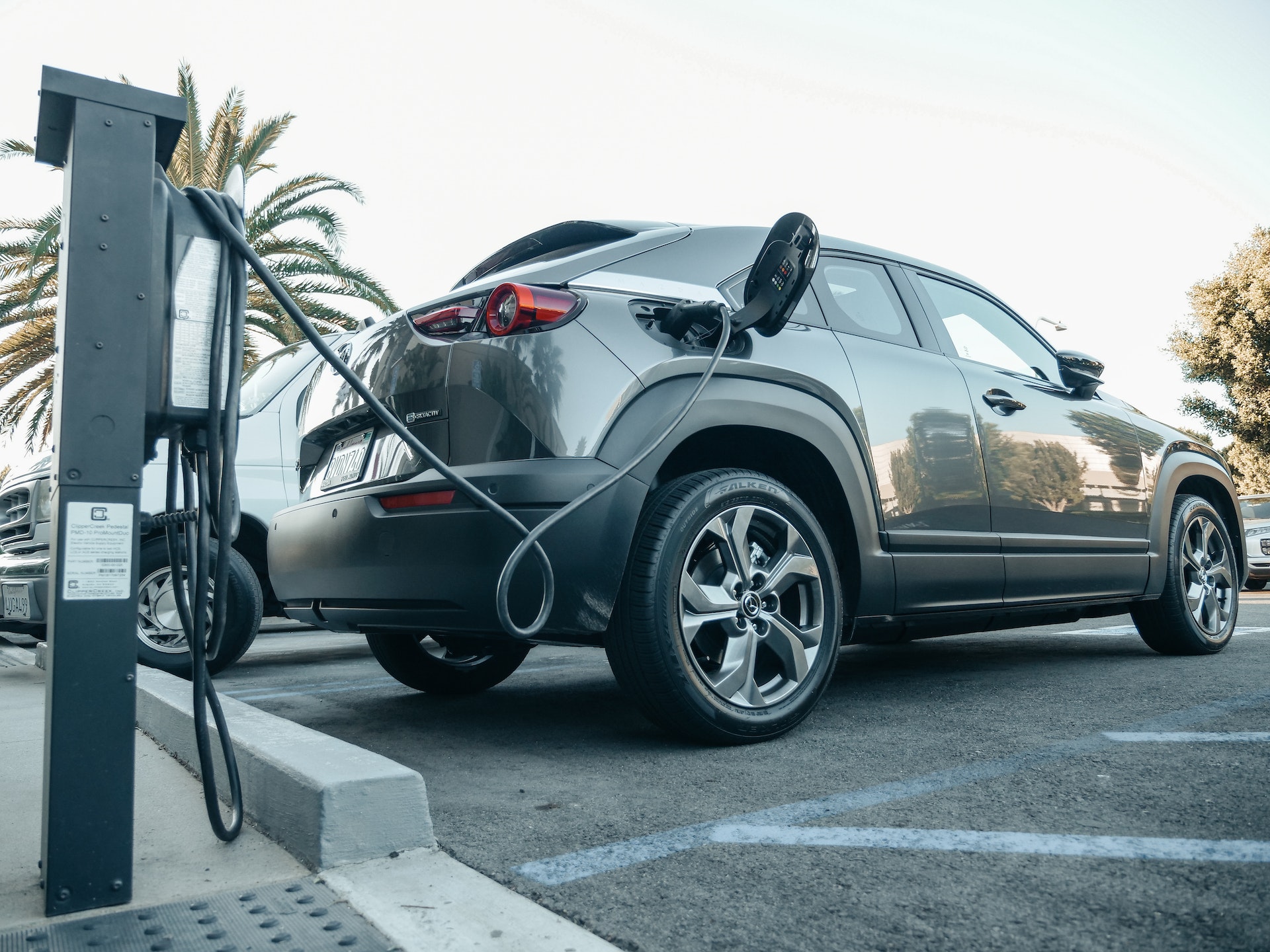The future of transportation is rapidly evolving, with electric and autonomous vehicles leading the way. These technologies are not only improving the environmental impact of transportation but also increasing safety and efficiency on the road. This report explores the current state of electric and autonomous vehicles, the advantages and challenges of their adoption, and the outlook for the future.
Current State of Electric and Autonomous Vehicles
Electric vehicles (EVs) are gaining traction in the automotive industry, with companies such as Tesla, General Motors, and Nissan leading the charge. In 2021, global EV sales reached a record 3.2 million, a 41% increase from 2019, despite the pandemic’s impact on the industry. This growth is driven by the increasing demand for environmentally-friendly transportation options, government incentives, and the falling cost of battery technology.
Autonomous vehicles (AVs) are also making progress, although they have faced more challenges due to safety concerns and regulatory hurdles. However, companies such as Waymo, Tesla, and Cruise are testing AV technology on public roads, and several cities are deploying autonomous shuttles for public transportation.
Advantages of Electric and Autonomous Vehicles
Electric vehicles offer numerous benefits over traditional gas-powered cars, including:
Environmental impact: EVs emit less greenhouse gases and other pollutants, reducing their impact on the environment and public health.
Cost savings: EVs have lower fuel and maintenance costs, saving consumers money in the long run.
Performance: EVs offer instant torque and smooth acceleration, providing a better driving experience than traditional cars.
Autonomous vehicles also offer many advantages, including:
Increased safety: AVs have the potential to reduce accidents caused by human error, which is responsible for 94% of crashes.
Efficiency: AVs can optimize routes and driving patterns, reducing congestion and improving fuel efficiency.
Accessibility: AVs can provide transportation for people who cannot drive, such as the elderly or disabled, improving their quality of life.

Challenges of Electric and Autonomous Vehicles
Despite their advantages, electric and autonomous vehicles also face several challenges to their adoption.
Electric vehicles face challenges such as:
Range anxiety: EVs have a limited range and require charging infrastructure to be widely available for long-distance travel.
Cost: EVs are currently more expensive than gas-powered cars, although the cost is expected to decrease as technology improves and economies of scale are achieved.
Charging infrastructure: Building charging infrastructure is expensive, and current charging options are not as convenient as refueling at gas stations.
Autonomous vehicles face challenges such as:
Safety concerns: AVs must be able to operate safely in all driving conditions, which requires significant advances in technology.
Regulation: AVs must meet safety standards and be approved by government regulators before they can be widely deployed.
Public perception: Some people are wary of AVs due to safety concerns, privacy issues, and the potential for job loss in the transportation industry.
Outlook for the Future of Electric Vehicles
The future of transportation is likely to be a mix of electric and autonomous vehicles, with electric vehicles becoming more affordable and widely available and AV technology improving over time. Governments around the world are investing in charging infrastructure and offering incentives for EV purchases, and the AV industry is expected to grow as technology advances and regulations are put in place.
Conclusion
Electric and autonomous vehicles are the future of transportation, offering numerous benefits for the environment, public health, and safety. While there are challenges to their adoption, the advantages are compelling, and the technology is improving rapidly. With continued investment and innovation, the future of transportation looks bright.





